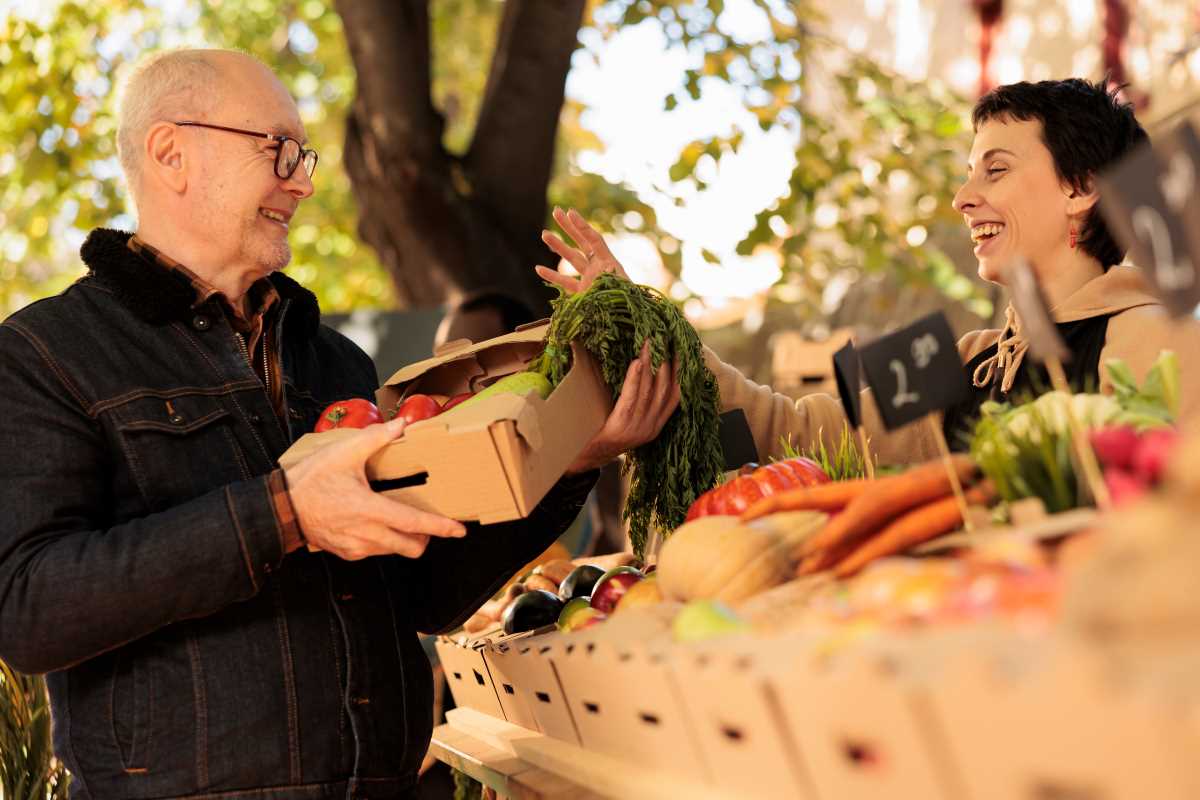People across the globe use inventive solutions to address challenges in accessing healthy food. Neighborhood gardens provide families with fresh fruits and vegetables, while mobile markets deliver seasonal produce to areas that need it most. Cooperative kitchens prepare balanced meals and help connect residents with nutritious options. Local organizers blend time-honored practices with innovative approaches, ensuring that households outside mainstream supply routes can enjoy wholesome food. Programs tailor their efforts to meet unique needs, such as offering affordable dairy in rural communities or sourcing grains that reflect local cultures in city neighborhoods. This flexible approach helps communities respond to new obstacles as they arise.
These initiatives often start with a simple question: what does this community really need? Farmers, chefs, health workers, and volunteers gather to map food deserts and identify hidden assets, such as underused schoolyards ready to become garden plots or empty lots perfect for mobile pantry stops. This grassroots approach sparks enthusiasm, involves local voices, and highlights how small actions—like a weekend planting day—can grow into lasting solutions.
Current Food Security Challenges
Households face rising grocery prices and irregular incomes that make meal planning tricky. Rural areas often lack full-service supermarkets, forcing families to travel long distances or settle for convenience stores with limited produce. Urban neighborhoods sometimes have nearby shops but struggle with inflated costs and lack of fresh offerings. These patterns create gaps in balanced diets, contributing to health concerns like low iron levels or insufficient vitamins among children and seniors.
Climate shocks, such as droughts and floods, threaten local harvests and push prices even higher. Supply chain disruptions—triggered by unexpected events or infrastructure breakdowns—leave communities without staples for days. Many households cope by skipping fresh items, leaning on processed options, or stretching small portions, which can worsen both nutrition and overall well-being.
- Long distances to full-service grocery stores
- High cost of fresh fruits and vegetables
- Seasonal weather extremes harming local crops
- Inequitable distribution of food aid resources
Community-Led Nutrition Programs
Neighborhood gardens take unused plots behind schools or community centers and turn them into vibrant beds of tomatoes, leafy greens, and herbs. Volunteers teach basic horticulture, and youth groups manage harvest schedules. Families receive free shares of produce each week alongside recipes showing how to incorporate fresh veggies into popular dishes. This hands-on model sparks pride and ensures produce never travels more than a few blocks.
Local kitchens partner with experienced cooks to offer pop-up meals celebrating regional flavors. These gatherings serve both as healthy meal options and as cultural events that strengthen bonds. Guests learn about portion balance and ingredient swaps, such as using beans instead of processed meats for protein. By showcasing taste and tradition, these meals draw sustained interest and encourage participants to adopt healthier shopping habits.
Government and Nonprofit Partnerships
Public agencies and nonprofit groups join forces to run summer meal sites in parks and recreation centers. They schedule visits where registered children and caregivers can pick up free lunches and snacks. Staff also distribute garden starter kits, produce vouchers, and nutrition booklets. This joint effort taps into existing community trust and delivers multiple resources in a single stop.
Food pantries evolve from simple distribution hubs into community resource centers. They offer cooking workshops, language classes, and budget-management seminars alongside weekly provisions. Caseworkers help families connect with nutrition assistance programs and local health clinics. This holistic setup addresses underlying challenges—like lack of cooking skills—while keeping fresh ingredients accessible.
- Develop clear roles: each partner handles defined tasks, from funding to logistics to outreach.
- Share data: real-time feeds on inventory levels and attendance help teams adapt menus and schedules.
- Coordinate fundraising: pooled events and grant applications unlock larger resources.
- Engage local businesses: grocery stores and farmers market vendors donate surplus items or offer discounts.
Technology-Driven Access Solutions
Mobile apps now map the nearest free meal sites or low-cost farmers markets, using GPS to guide families. Volunteers update schedules, and push notifications remind users about weekend garden workshops or pop-up markets. This digital layer cuts through outdated bulletins and ensures timely, accurate information reaches cell phones everywhere.
Online platforms connect small-scale farmers to nearby neighborhoods facing shortages. Buyers place orders in bulk, pooling demand from multiple households. Delivery drivers—often community members—drop off pre-packed boxes of seasonal produce and grains. This direct-to-door model reduces the number of stops along traditional supply lines, keeping prices lower and produce fresher.
Strategies for Scaling Impact
Leaders document each program step by creating clear playbooks filled with checklists, community surveys, and sample menus. New neighborhoods adapt these guides, tweaking planting schedules to match local growing seasons or adjusting meal ingredients to reflect cultural preferences. This clear blueprint accelerates replication and preserves program quality.
Training local champions—teachers, faith leaders, youth mentors—spreads knowledge quickly. These ambassadors run mini-workshops on urban farming or healthy meal prep, drawing from the playbooks. Regular check-ins, both in person and through video chats, build a support network that keeps energy high and shares fresh ideas.
Communities can strengthen their food systems by working together and using simple tools. Join local activities like planting days or use apps such as MealSite to get involved today.
 (Image via
(Image via.jpg)





